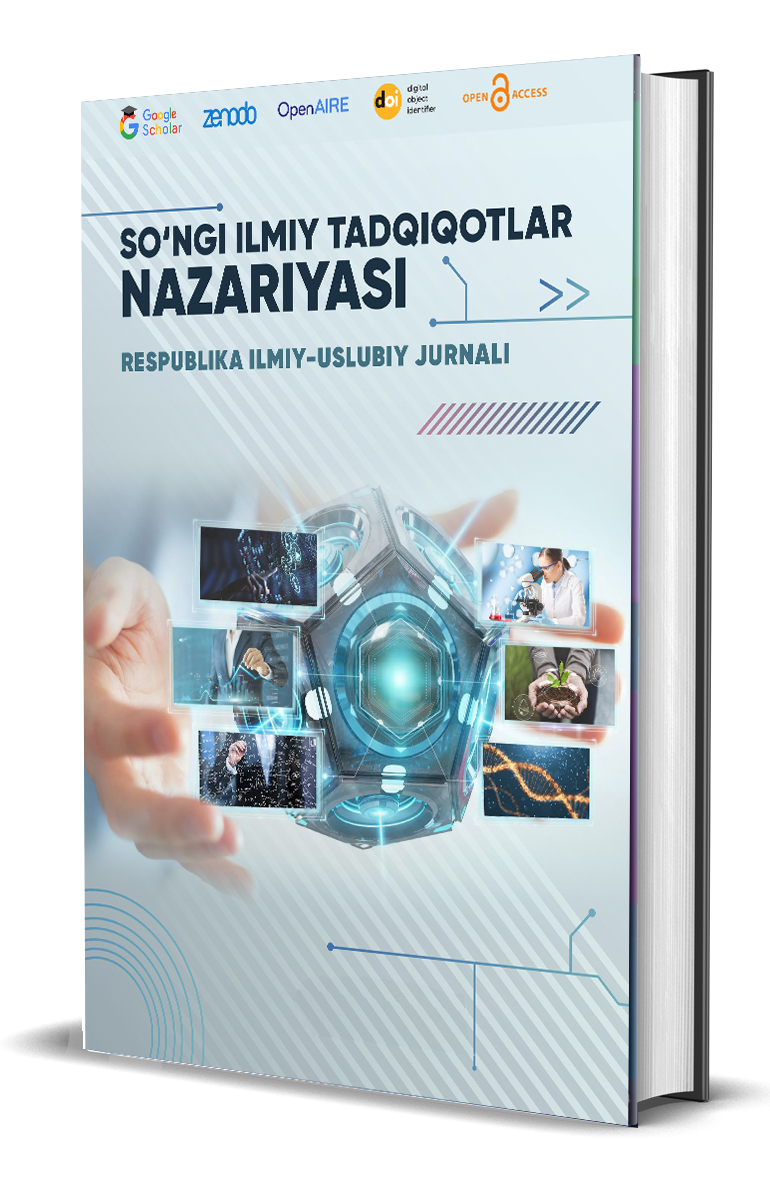AN APPROACH TO CREATIVE SPEAKING ACTIVITIES
Keywords:
Creative speaking, language learning, speaking activities, fluency development, role-play, storytelling, improvisation, interactive learning, communication skills.Abstract
“An Approach to Creative Speaking Activities” explores innovative techniques for enhancing speaking skills in language learning. This work emphasizes the importance of creativity in engaging learners and improving fluency, confidence, and expression through dynamic and interactive activities. The approach includes role-plays, storytelling, debates, improvisation, and problem-solving scenarios, designed to foster authentic communication and spontaneous speech. These activities encourage active participation, critical thinking, and adaptability, making them suitable for a variety of learning contexts. This resource is valuable for educators seeking effective strategies to develop students' speaking abilities in a supportive, interactive environment.
References
1. Bygate, M. (1987). Speaking. Oxford University Press.
2. Harmer, J. (2007). The Practice of English Language Teaching (4th ed.). Pearson Longman.
3. Littlewood, W. (1981). Communicative Language Teaching: An Introduction. Cambridge University Press.
4. Richards, J. C., & Rodgers, T. S. (2001). Approaches and Methods in Language Teaching (2nd ed.). Cambridge University Press.
5. Thornbury, S. (2005). How to Teach Speaking. Pearson Longman.
6. Ur, P. (1996). A Course in Language Teaching: Practice and Theory. Cambridge University Press.
7. Wajnryb, R. (1990). Grammar Dictation. Oxford University Press.
8. Woodward, T. (2001). Planning Lessons and Courses: Designing Sequences of Work for the Language Classroom. Cambridge University Press.

